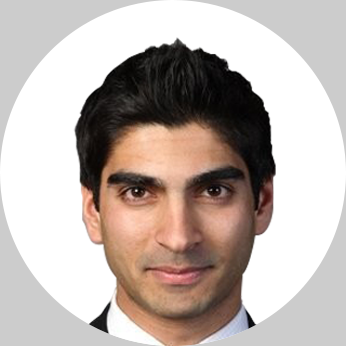M&G Global Equity Fund mitigates downside of narrow global returns
So far this year, 2023 has made a mockery of many economists and market strategists. The market stresses that arose from rising interest rates had pushed sentiment to such an extreme that almost every economist surveyed was calling for a recession in the US this year. The ensuing resilience of global economic growth in the wake of ongoing interest rate pressure and geopolitical instability has caused the same group of market participants to capitulate on their bearish views and revise up their 2023 growth forecasts.
Further confusing matters for equity investors is that, even if you had gotten the economics correct, it would have proved to be little help in determining returns from various regional markets – the European Banks sector has outperformed significantly despite the European economy delivering lacklustre outcomes. The reality is that economies are complex systems, and financial markets are a dynamic representation of a myriad of factors – economic fundamentals are certainly one of these factors, but others such as investor psychology and sentiment are just as important. As such, an investment process that relies on predicting market moves off the back of economic forecasts will always be vulnerable to shocks – external (such as a war, or a pandemic), but also internal, as investors grapple with how to price assets against rapidly changing macro dynamics (such as real interest rate structures and inflation).
Acknowledging the challenges to forecasting economic cyclicality, the AI-based Global Maxima Strategy used in the M&G Global Equity Fund was designed to focus on selecting stocks within countries and industries that could outperform their respective indices regardless of the macroeconomic environment. An ancillary benefit of the portfolio construction principles utilised in the strategy, which limits the active bets (both positive and negative) is that the portfolio doesn’t overtly suffer when market breadth narrows and performance is concentrated in a small set of companies. We have certainly seen this narrowing this year with re-emergence of the “magnificent seven” leadership – the top seven stocks in the MSCI All Country World Index (ACWI), which account for approximately 18% of the benchmark, have contributed to almost all the index returns year to date. Put differently, excluding these seven stocks would render global equity returns negative, as opposed to a positive return of around 6.0%, highlighting the challenge to active funds in 2023.
It is also important to remember the statistical focus driving the performance of the portfolio: a combination of hit rate (the percentage of stocks outperforming the benchmark) and positive skew (relative performance of winning bets being greater than losing bets). Clearly, when market breadth narrows, keeping the portfolio hit rate above the desired 50% level, becomes tricky. This has proved to be the case this year for the strategy, as only 49 % of weekly bets made at the strategy level outperformed. However, by maintaining a positive skew, the strategy has mitigated its underperformance against the benchmark, putting the strategy in a good place to benefit from a more conducive environment when market breadth normalises.
The M&G Global Equity Feeder Fund (in rand) returned 23.9% (net of fees) for the 12 months to 30 September compared to 26.6% from its benchmark, while over three years it has outperformed, returning 12.9% p.a. (after fees) vs 11.3% p.a..
The M&G Global Equity Fund (in US$, B class) returned 19.5% for the 12 months to 30 September compared to 20.8% from its benchmark, while over three years it has outperformed, returning 8.9% p.a. vs 6.9% p.a..
Share
Did you enjoy this article?
 South Africa
South Africa Namibia
Namibia




 Get the Newsletter
Get the Newsletter